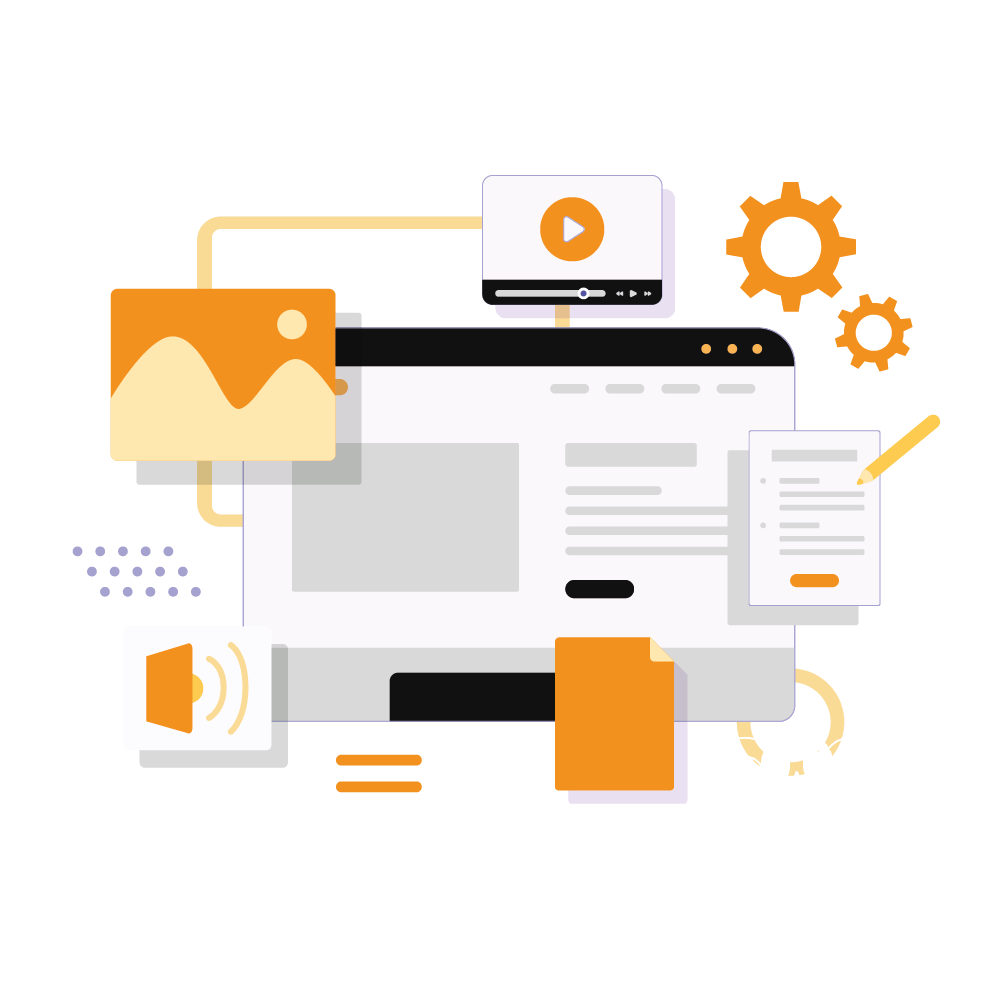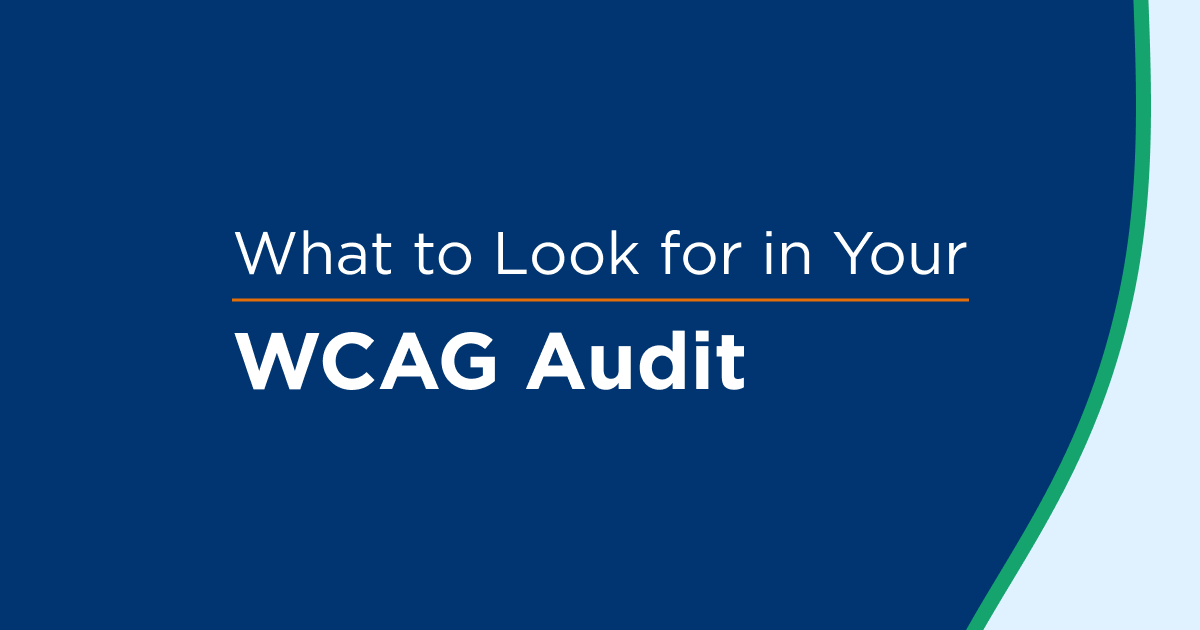Digital accessibility has been moving to the forefront of priorities for many businesses recently, especially given the rise of digital ADA lawsuits. And as digital accessibility lawsuits— for both mobile websites and mobile apps— become increasingly more common, brands are investing more testing there.
One thing that we've noticed, however, is that many organizations are still relying heavily on automated testing. They'll only use accessibility auditing software, fix a few long-hanging fruit issues, and leave it at that.
Too many aren't using testing services from members of the actual disability community, and that is something that should change.
Why Auditing Software Isn't Enough
Accessibility auditing software is a valuable start when you want to ensure that your digital properties and mobile apps are ADA-compliant. We use it as the first step in our audits for clients; it can catch high-visibility issues quickly to resolve them quickly.
It isn't enough, however. Auditing software can often miss intricacies of coding or technology that directly impact users with disabilities trying to navigate mobile sites or apps. These can lead to genuine and significant holes in your accessibility, despite your best intentions, that still render your mobile presence unusable and open to a potential lawsuit.
What Does User Testing Involve?
When you work with people from the disability community for testing, you will catch many issues that automated testing just can't.
These are people who already use assistive technology and rely on it. They know how to navigate through a site and use critical aspects of the assistive technology, so they'll be able to spot real issues on your site.
They'll go to your site and focus on achieving core tasks. For example, core tasks might include filling out a digital form, logging in, or using a key feature on your site. It's widespread that they'll find some barriers while doing so.
You can tell users what primary journeys and goals your customers have to ensure they're moving through the mobile site or app, as most customers will. Doing this alone can help you find significant issues your customers might experience.
These users will document where they can't complete specific tasks and what barriers they experienced.
It's best to focus on task completion and app navigation. Do not ask people with assistive technology to complete a manual technical review of WCAG specifications. Instead, they're user experts (focusing on the user experience) more than digital accessibility experts who can focus on code reviews.
How to Get Started With User Accessibility Testing
When starting accessibility testing, you'll first want to create a map of common customer journeys and a list of core tasks you'd like people using assistive technology to test.
You can then find an agency that works with people in the disability community as experienced site testers. We can help with that.
Once you're ready to start, ensure you've made the process easy for your testers. Simple log-in names, passwords, established order codes, and documentation procedures are critical. Explain the correct language to use and what kinds of feedback you need can help your technical team.
And when it comes to when you should get started, there are three options:
- Upfront at the beginning of your accessibility journey, with simultaneous WCAG technical reviews
- Starting with a technical review and an audit, which allows for you to identify and fix easy-to-spot issues before having more in-depth user testing
- Testing after implementation of new changes and updates
Digital Accessibility is Essential
Accessibility is much more than a simple legal concern you must cross off your list. (Though the legal liability isn't insignificant). Digital accessibility is essential to ensure that all potential customers can use your full digital suite, including mobile apps and sites.
And since the goal is to ensure your tools are accessible to the disabled community, it only makes sense to work with them directly for testing.
UsableNet has a free, downloadable guide to accessibility testing—the guide details critical considerations for every step of the testing journey.
If you're interested in learning about user testing with people from the disability community- you're in luck! We're hosting a free webinar on August 24th, featuring guest speakers from Knowbility and Helen Keller Services.
Get to know How to set up user testing as part of your accessibility program (and why you should) in UsableNet's live August webinar. Watch on-demand now.
A trusted partner can help you improve accessibility and reduce legal risk. Contact UsableNet for a free consultation with an accessibility expert.







